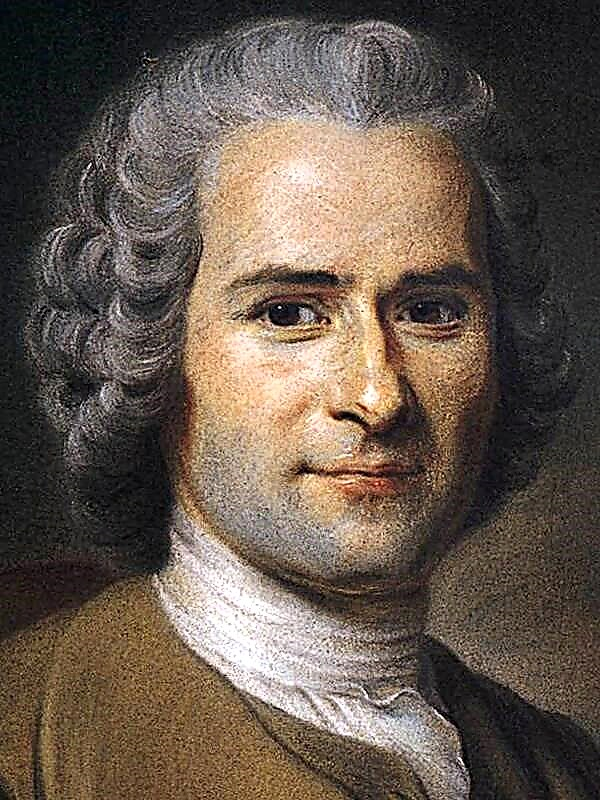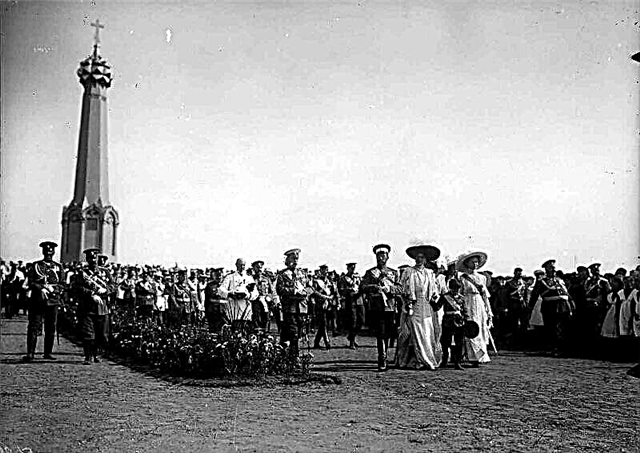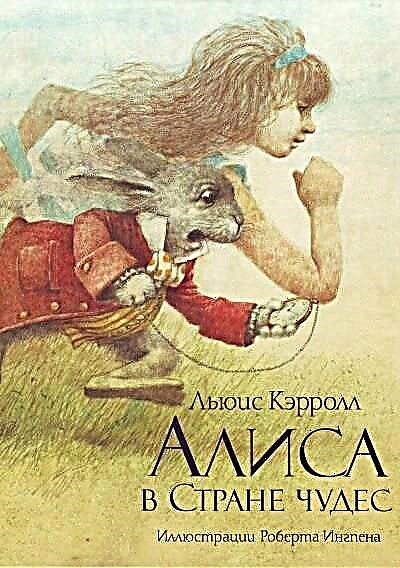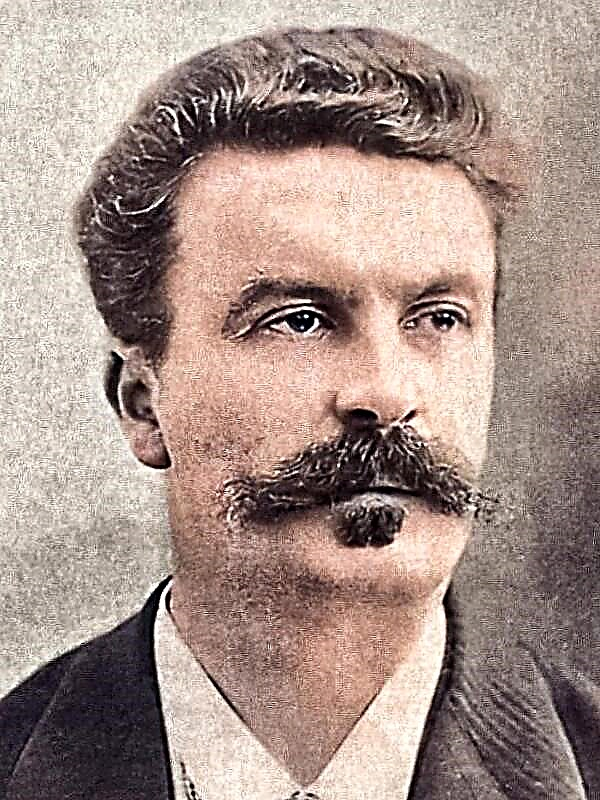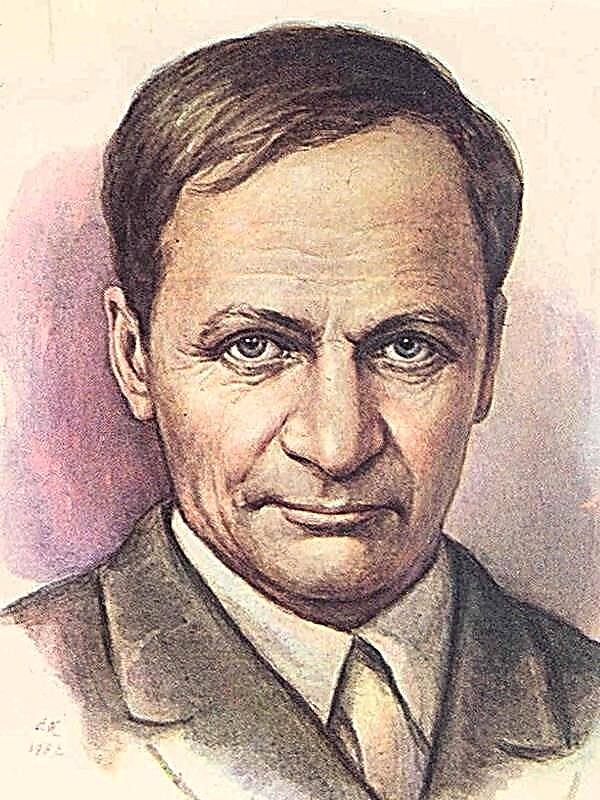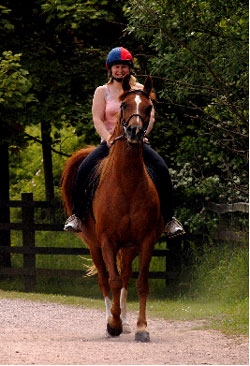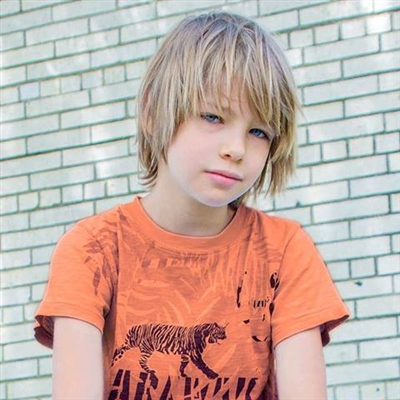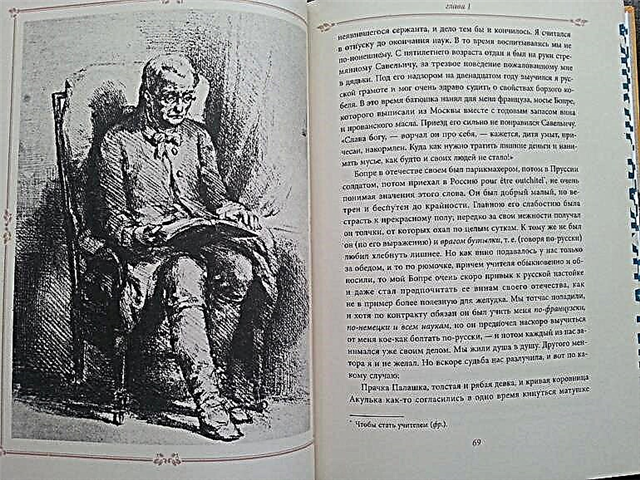(568 words) Petersburg is traditionally associated with the beauty of the palaces, the latest in fashion, splendor and chic. This place was created in order to become the new capital, the center of all new products, the most beautiful city in the country. But, as you know, everything has a downside. In this city coexisted luxury and the poor, bordering on poverty.
In his novel Crime and Punishment, Dostoevsky shows Petersburg in the mid-19th century. There are no artistic descriptions of nature. Instead of them - descriptions of squalid dwellings, drinking, high-rise buildings:
The stuffiness, crush, everywhere lime, woods, brick, dust, and that special summer stench, so famous for every Petersburger.
Dostoevsky introduces readers to one of the poorest neighborhoods where the main character, Rodion Raskolnikov, lives. Depicting the landscape of the city at different times of the day, the author gives an even more complete picture of it. City landscape helps to understand the psychological state of the hero. Petersburg is hostile to man. He presses, creates an atmosphere of hopelessness, pushes for crimes.
The city is also indifferent to people. People here treat each other with contempt and distrust, they are united only by gloating and curiosity for the misfortunes of other people. Marmeladov told the story of his life under the laughter and stinging ridicule of others. These people lead a beggarly hopeless existence. From bitter poverty, the head of the family becomes a drunkard. He spends all his money in taverns and gives nothing to his family. The novel takes place mostly on the street, and street scenes reinforce the impression of hopelessness and poverty. Recall how Raskolnikov meets a drunken girl. She is still a child, but she can no longer live normally with such a disgrace. On the bridge he was lashed when he almost fell under the wagon. All this speaks of anger, irritability of people. An important role in the novel is played by the description of the interiors. The heavy, colorless, dull, dirty furnishings of the interior crushed the soul of the heroes.
Raskolnikov’s room was like a coffin or a closet:
It was a tiny cell, six steps long, having the most miserable appearance with its yellowish dusty wallpaper ...
The tiny room in which he lived could not but affect his psychological state. The Marmeladov’s dwelling was like a passing corner:
Ogarok illuminated the poorest room ten steps long ... A holey sheet was stretched across the back corner. Behind her, probably a bed. In the room itself there were only two chairs and a very ragged, oilcloth sofa.
The home of the Marmeladov family is a typical home of poor people who barely make ends meet. Sonya’s room looked like a barn:
Sonya’s room seemed like a barn, looked like a very irregular quadrangle, and it gave her something ugly.
Dostoevsky describes Sonya’s room in order for readers to better understand how tragic her life is. Raskolnikov seeks a meeting with Svidrigailov and stumbles upon a tavern in which he finds him. All the windows were opened in the tavern, which means that a lot of people gathered in it. The noise from the tavern is heard even on the street: "It is crammed full ...". Due to the large number of people, the tavern was dirty, but this did not bother Svidrigailov. Raskolnikov was extremely uncomfortable in this room. The tavern was dirty furnished, it was stuffy and even unbearable to sit in. In its interior, it resembled the appearance of its owner.
Dostoevsky depicts the fiction and reality of Petersburg life. Patient Raskolnikov has a dream. This is a painful dream, its action takes place in Rodion's childhood. This dream reveals the true state of his soul, shows that the violence he conceived is contrary to his own nature. Real life takes on an ugly, fantastic shape, and reality seems to be knowledge, and sleep becomes reality.
Along with ideas about an ugly city, in the soul of the protagonist lives a dream about a beautiful city, which he wants to create. Raskolnikov thinks about this, going to kill:
He was even very occupied with the thought of arranging high fountains and how they would refresh the air in all squares well.

